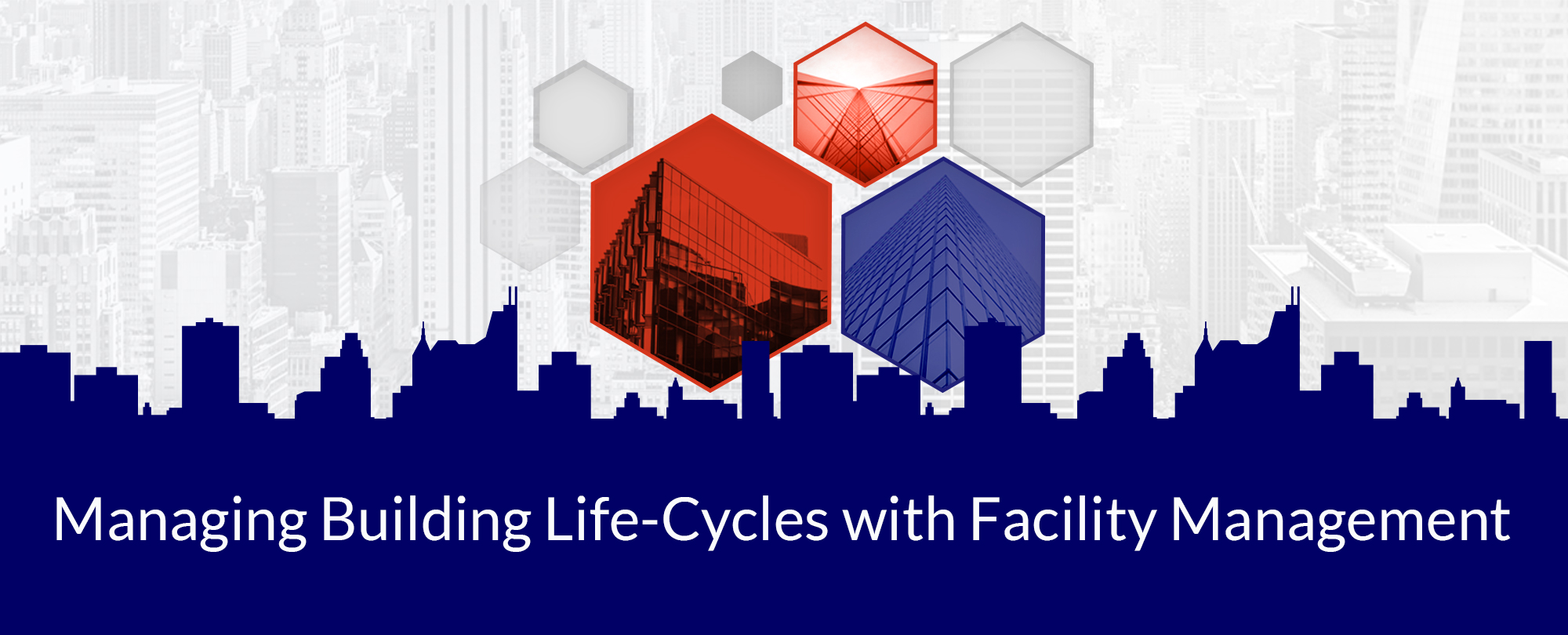Facilities Management – A Definition People Should Know
Facilities Management is all about collating & managing meticulous construction data. The integration of Information Technology with Facility Management (FM) is a powerful combination for facility managers to create infrastructure that is completely energy efficient and productive. Thus, in simplicity facility management would be described as a process to integrate multiple variables like building stakeholders, processes, and automation. Individuals in the Construction Business need to learn this trade to add value to their organization. When coupled with integrated workplace management systems, Facility Management Services help build a repository of building data which can be used by multiple stakeholders at various levels of the project buildup.
Integration of Facility Management into BIM – A Demand & Opportunity
Spending less time behind the desk and being flexible is one of the most important aspects of consolidating BIM with Facility Management. Facilities managers working on the fly prove to be more productive than their counterparts working behind the desk. This opportunity can be leveraged for efficient operational costs, decision making, better documentation & flexibility. In terms of operational costs, the cost of the facility comes to be at a lower fraction, than the operating cost. The greatest expenses of the building phase occur in the operational phase. This can be eliminated to a great extent through Facilities Management Services. It is estimated that the total life-cycle cost can be much higher than the investment cost. Furthermore, the inability to manage these operational costs can lead to overspending, and go over budget, with the addition of hidden costs as well.
Leverage absolute documentation clarity with Facility Management Services
Identifying useful information and eliminating the rest is one of the major benefits of Facility Management. In terms of renovation and maintenance of existing projects in the BIM database, it can cause a substantial cost rise for activities like repairs, renovations, and other maintenance issues. A reliable database can serve as a backbone for facility managers and other stakeholders to refer in real-time with critical data and models included, rather than loads of paper-work that creates unnecessary hassles in various stages of the project life-cycle. A BIM repository serves as a high-value asset that increases the value of infrastructure and property.
Stay informed with updated information & obliterate clashes
With state-of-the-art software’s and tools, facility managers and other project stakeholders can regularly update information into BIM repositories for others to view and refer. Constant updates can eliminate clash detection in later stages of the project life-cycle, this significantly improves efficiency by avoiding errors, disparities, and identical work. Perpetual improvements and updates in software’s optimize information management and system efficiency. Information in any form can help managers plan and configure space very efficiently by using three-dimensional drawings for construction, phasing, and more.
Garner significant benefits with BAS and BLC
BIM in Facility Management also helps facility managers explore greater opportunities and benefits of enhancing energy efficiency through Building Automation Systems for complex projects that rely on integrating various automation systems in their project, it also builds a significant mark on the Building Life Cycle wherein sustainability and financial management can be handled through alternate sources or via improvements and upgrades. Owners are able to make absolute informed decisions in regards to all the trades through optimized Building Life Cycle Management.
Last Words
BIM applications and reporting effectiveness have become extremely sophisticated with a Technology up-curve that promises and maximizes BIM benefits. Professionals and Facility Management assets would absolutely would reap big returns in the future.
Get to Know more about The Use of 3D BIM Model and 3D Laser Scanner in Facilities Management
